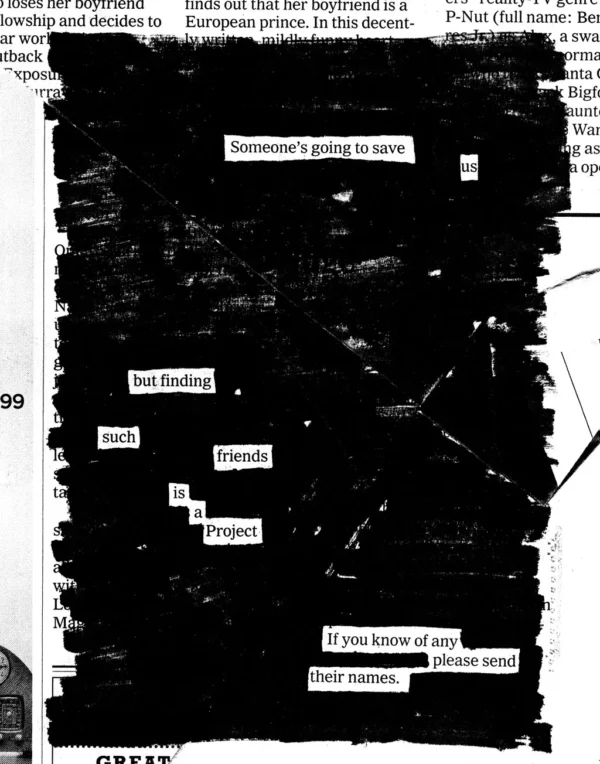
A few weeks ago I shared 10 things that’ve made my 2025 (so far):
8. How AI slop is making us think about what it means to be human and make art. The more I read about AI, the more it solidifies my feeling that image-making and writing are at their most meaningful — to the artist and to the audience — when they involve the head, the heart, and the hand. As I said in an interview back in April, “I try to bring the hand into almost everything I do, because the hand knows as much as the head does.”
I also shared my 10 favorite reads 2025 (so far):
The year, by the way, is 60% over.




